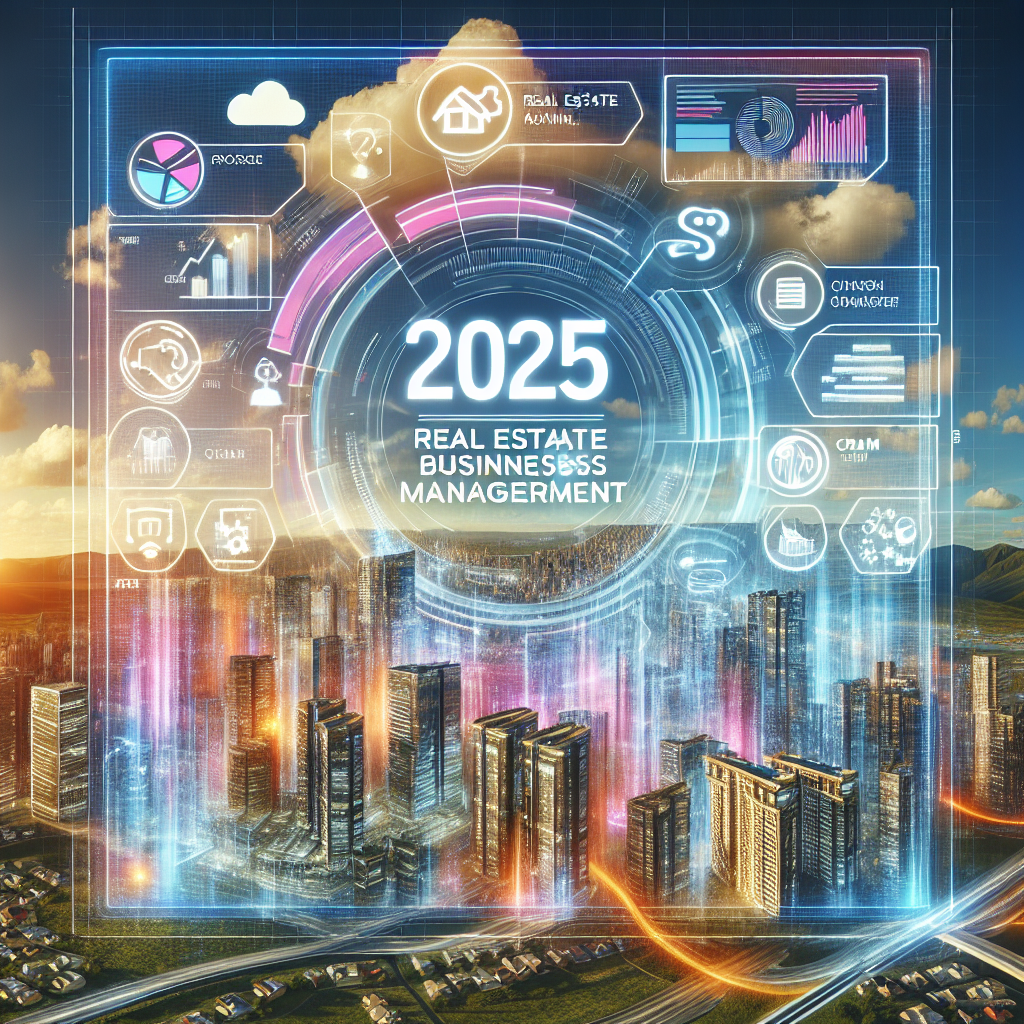Customer relationship management (CRM) has become the backbone of successful businesses across industries. A staggering 91% of companies with more than 11 employees now use CRM systems, according to the latest research by Grand View Research. This surge in adoption isn’t surprising, considering that effective client CRM implementation can increase sales by up to 29%, sales productivity by 34%, and forecast accuracy by 42%. Despite these impressive statistics, many organizations still struggle to fully leverage their client CRM capabilities, leaving significant growth opportunities untapped.
This article explores seven proven client CRM strategies that can revolutionize how you manage customer relationships and drive measurable business growth. We’ll examine cutting-edge approaches backed by real-world case studies, expert insights, and data-driven analysis. Whether you’re implementing your first CRM solution or looking to optimize an existing system, these strategies will help you maximize your investment and create sustainable competitive advantages in today’s hypercompetitive marketplace.
The Complete Guide to Maximizing Client CRM Value
Understanding Modern Client CRM Systems
Client CRM has evolved dramatically from simple contact management tools to sophisticated platforms that integrate artificial intelligence, automation, and advanced analytics. According to Gartner’s latest report, the global CRM market size is projected to reach $128.97 billion by 2028, growing at a CAGR of 12.5% from 2023. This explosive growth reflects the increasing recognition of CRM’s critical role in business success.
Modern client CRM platforms offer capabilities far beyond basic contact storage:
- 360-degree customer views that aggregate data from multiple touchpoints
- AI-powered insights that predict customer needs and behaviors
- Automation workflows that eliminate repetitive tasks
- Omnichannel engagement tools that create seamless customer experiences
- Advanced analytics that measure and optimize performance metrics
“Today’s client CRM systems have become the central nervous system of customer-centric businesses,” says Jennifer Martinez, Chief Customer Officer at Salesforce. “Organizations that leverage the full capabilities of their CRM can anticipate customer needs before they arise, creating experiences that drive loyalty and advocacy.”
1. Implement Data-Driven Customer Segmentation
One of the most powerful applications of client CRM is customer segmentation. By categorizing your clients based on meaningful criteria, you can tailor your approach to each segment’s specific needs and preferences.
Research by McKinsey & Company found that companies using advanced segmentation strategies experience 20-30% higher profit margins than competitors. Effective segmentation requires:
- Demographic data: Age, location, job title, company size
- Behavioral data: Purchase history, website interactions, email engagement
- Psychographic data: Values, interests, lifestyle choices
- Value-based metrics: Customer lifetime value, acquisition cost, profitability
“The most successful businesses go beyond basic demographic segmentation,” notes Michael Chen, CRM Strategy Director at Adobe. “They incorporate behavioral patterns and psychographic attributes to create truly personalized experiences that resonate on a deeper level.”
Case Study: Financial Services Transformation
TD Bank implemented an advanced client CRM segmentation strategy that analyzed over 100 customer attributes, allowing them to create micro-segments with highly targeted offerings. The result was a 28% increase in product adoption and a 35% improvement in customer satisfaction scores within 12 months.
2. Automate the Customer Journey
Automation is revolutionizing how businesses manage client relationships. According to Nucleus Research, CRM automation delivers an average of $8.71 for every dollar spent on implementation. The most effective automation strategies focus on:
- Lead nurturing sequences that guide prospects through the sales funnel
- Onboarding workflows that strengthen initial customer engagement
- Cross-sell and upsell triggers based on purchase patterns and behaviors
- Renewal and retention programs that reduce churn
- Service issue escalation that ensures timely problem resolution
Rebecca Williams, VP of Customer Success at HubSpot, emphasizes that “automation should enhance human connection, not replace it. The best client CRM automation strategies free your team from repetitive tasks so they can focus on high-value interactions that build relationships.”
Client CRM Automation Benefits Comparison
| Aspect | Manual Process | Automated CRM | Improvement |
| Lead Response Time | 42 hours | 5 minutes | 99.8% faster |
| Customer Onboarding | 12 days | 3 days | 75% reduction |
| Data Entry Hours | 15 hrs/week/employee | 2 hrs/week/employee | 87% time savings |
| Follow-up Consistency | 36% of leads | 100% of leads | 178% improvement |
| Customer Satisfaction | 72% | 89% | 24% increase |
Source: Salesforce Research, 2024
3. Integrate Omnichannel Client Communication
Modern customers expect seamless experiences across all channels. A study by Aberdeen Group reveals that companies with strong omnichannel customer engagement retain 89% of their customers, compared to just 33% for companies with weak omnichannel strategies.
Effective client CRM integration should include:
- Unified communication history across email, phone, chat, and social media
- Consistent messaging regardless of channel
- Channel preference tracking for each customer
- Real-time updates across all platforms
- Contextual awareness that carries conversation history between channels
“Customers don’t think in channels—they simply want to interact with your brand in the most convenient way at any moment,” explains David Thompson, Chief Marketing Officer at Microsoft Dynamics. “Your client CRM must break down these channel silos to deliver truly connected experiences.”
4. Leverage Predictive Analytics and AI
Artificial intelligence and predictive analytics represent the frontier of client CRM innovation. Deloitte reports that CRM systems enhanced with AI can increase lead quality by 50% and reduce costs by 40%.
Leading organizations use AI-powered client CRM for:
- Churn prediction to identify at-risk customers before they leave
- Next-best-action recommendations for sales and service teams
- Sentiment analysis to gauge customer satisfaction
- Purchase propensity modeling to target likely buyers
- Lifetime value forecasting to prioritize high-potential relationships
“AI is transforming client CRM from a historical record-keeping system to a predictive engine that guides decision-making,” says Dr. Sarah Johnson, AI Research Director at Oracle. “Organizations that harness these capabilities can anticipate customer needs with remarkable accuracy.”
AI Implementation Success Metrics
![AI CRM Implementation Success Metrics Chart showing improvements in lead conversion, customer retention, and revenue growth]
5. Prioritize Mobile CRM Accessibility
With sales and service teams increasingly working remotely, mobile CRM access has become essential. According to Innoppl Technologies, 65% of sales representatives who adopted mobile CRM achieved their sales quotas, while only 22% of non-mobile CRM users reached the same targets.
Key mobile client CRM features should include:
- Real-time data access from any location
- Contact and meeting management on the go
- Quick-logging capabilities for conversations and activities
- Offline functionality that syncs when connectivity returns
- Simplified interfaces optimized for mobile devices
“Mobile CRM access has transformed our sales team’s productivity,” reports James Wilson, VP of Sales at Zendesk. “Our representatives now update client records immediately after meetings while details are fresh, resulting in 40% more accurate data and 25% faster deal progression.”
6. Build a Customer-Centric Data Strategy
Data quality fundamentally determines CRM effectiveness. IBM estimates that poor data quality costs the U.S. economy $3.1 trillion annually. A robust client CRM data strategy should address:
- Data governance protocols that ensure accuracy and consistency
- Progressive profiling to build customer knowledge over time
- Integration with third-party data sources for enriched insights
- Regular data cleansing procedures to remove duplicates and errors
- Compliance frameworks for data privacy regulations
“The most sophisticated client CRM technology can’t overcome poor data quality,” warns Maria Garcia, Data Strategy Consultant at Accenture. “Companies must establish rigorous data management practices to realize the full potential of their CRM investments.”
Data Quality Impact on Client CRM Performance
![Data Quality Impact Chart showing the correlation between data accuracy and business outcomes]
7. Measure and Optimize CRM ROI
Demonstrating client CRM return on investment requires thoughtful measurement. According to Forrester Research, companies that actively measure CRM ROI achieve 30% higher adoption rates and 53% higher satisfaction with their systems.
Effective CRM measurement frameworks include:
- Revenue attribution models that connect CRM activities to sales outcomes
- Efficiency metrics like reduced sales cycles and increased productivity
- Customer experience indicators such as NPS and CSAT scores
- Cost reduction measurements in service and support operations
- Adoption and usage statistics across teams and departments
“Too many organizations implement client CRM without clear success metrics,” observes Thomas Reynolds, CRM Implementation Specialist at PwC. “Defining measurable outcomes from the start ensures accountability and provides a roadmap for continuous improvement.”
Transforming Client Relationships Through Strategic CRM
Implementing these seven client CRM strategies requires commitment and coordination across your organization. The most successful CRM initiatives align technology, processes, and people around a shared vision of customer-centricity.
Remember that client CRM is not merely a technology solution but a business philosophy that places customer relationships at the center of your operations. As competition intensifies and customer expectations continue to rise, organizations that excel at relationship management will consistently outperform their peers.
Take the time to assess your current client CRM capabilities against the strategies outlined in this article. Identify gaps, prioritize improvements, and develop a roadmap for transformation. With the right approach, your client CRM system can become your most valuable competitive advantage in 2025 and beyond.
Ready to revolutionize your approach to client relationship management? Begin by evaluating your current CRM strategy against the seven approaches outlined above. Identify your three most significant opportunity areas and develop targeted improvement plans with clear metrics for success. The journey to CRM excellence starts with a single step—take yours today.

